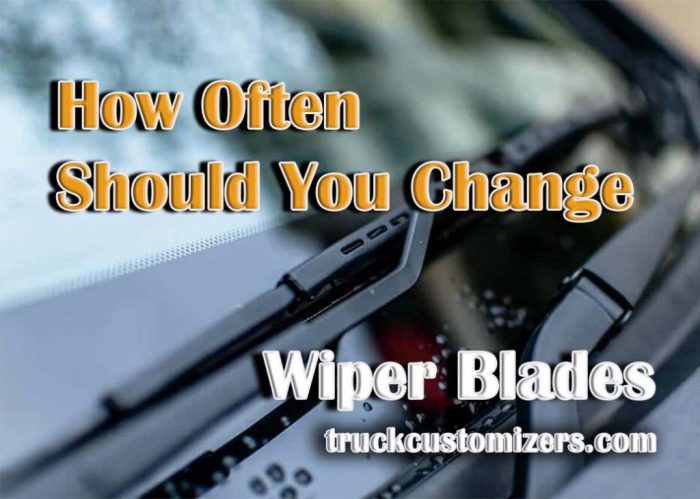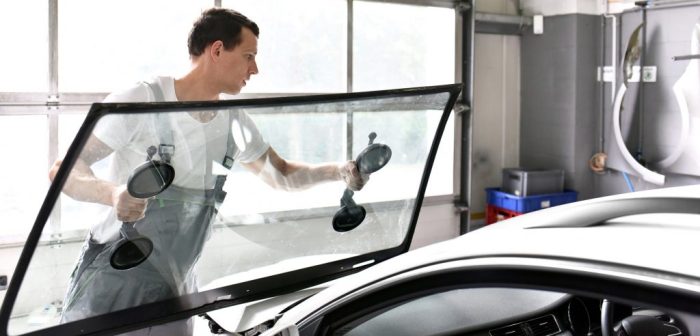What are equipment requirements for windshields and side windows – Delving into the realm of automotive safety, this article explores the equipment requirements for windshields and side windows, shedding light on the crucial regulations, material compositions, and design principles that govern these essential components. Understanding these requirements is paramount for ensuring the safety and well-being of vehicle occupants.
From the rigorous testing procedures to the latest advancements in technology, this comprehensive guide unravels the intricate world of windshield and side window equipment, providing valuable insights for manufacturers, regulators, and consumers alike.
Safety Regulations and Standards

Windshields and side windows are subject to stringent safety regulations and standards to ensure they meet specific performance requirements. These regulations aim to minimize the risk of injuries and fatalities in the event of an accident or collision.
Organizations responsible for setting these regulations include:
- National Highway Traffic Safety Administration (NHTSA) in the United States
- Federal Motor Vehicle Safety Standards (FMVSS) in the United States
- European Commission (EC) in the European Union
- United Nations Economic Commission for Europe (UNECE)
Adhering to these regulations is crucial to ensure that windshields and side windows provide adequate protection to occupants, prevent glass shattering into dangerous fragments, and maintain optical clarity for optimal visibility.
Material Composition and Properties

Windshields and side windows are typically made from laminated glass, which consists of two layers of glass bonded together with a layer of polyvinyl butyral (PVB) or other transparent material.
Laminated glass offers several advantages:
- Strength and Durability:The PVB layer helps to absorb and distribute impact energy, preventing the glass from shattering into sharp fragments.
- Optical Clarity:The PVB layer ensures that the glass remains optically clear, providing undistorted visibility for drivers and passengers.
- UV Protection:Laminated glass can be treated with UV-resistant coatings to block harmful ultraviolet rays, protecting occupants from sun damage.
Design and Construction: What Are Equipment Requirements For Windshields And Side Windows

The design and construction of windshields and side windows involve careful considerations to meet safety and performance requirements.
Shape and Size:Windshields are typically curved to provide a wide field of view and minimize distortions. Side windows are designed to optimize visibility and minimize blind spots.
Curvature:The curvature of windshields and side windows helps to distribute impact forces more evenly, reducing the risk of shattering and injuries.
Mounting:Windshields and side windows are securely mounted to the vehicle frame using adhesives, bolts, or other fastening systems to ensure they remain in place during collisions.
Installation and Maintenance

Proper installation and maintenance are essential to ensure the longevity and performance of windshields and side windows.
Installation:Installation should be performed by trained technicians using specialized tools and techniques to ensure a secure fit and prevent leaks or distortions.
Maintenance:Regular cleaning, inspection, and repair of any chips or cracks are crucial to maintain optimal visibility and prevent further damage.
Testing and Certification
Windshields and side windows undergo rigorous testing to evaluate their performance and compliance with safety regulations.
Testing Methods:Tests include impact resistance, optical clarity, UV protection, and durability under extreme conditions.
Certification:Products that meet the required performance standards are certified by independent organizations, such as the American National Standards Institute (ANSI) or the International Organization for Standardization (ISO).
Advanced Technologies and Innovations
Ongoing research and development lead to advancements in windshield and side window design and construction.
New Materials:Lightweight and durable materials, such as polycarbonate, are being explored for use in side windows to improve impact resistance and reduce weight.
Advanced Coatings:Hydrophobic coatings can be applied to repel water and improve visibility during rain or snow. Anti-reflective coatings reduce glare and improve optical clarity.
FAQ Resource
What organizations are responsible for setting safety regulations for windshields and side windows?
Various organizations, including the National Highway Traffic Safety Administration (NHTSA) in the United States, the European New Car Assessment Programme (Euro NCAP), and the Japan Automobile Standards Organization (JASO), establish and enforce safety regulations for automotive glazing.
What are the key material properties of windshields and side windows?
Windshields and side windows are typically made from laminated glass, which consists of two layers of glass bonded together with a layer of plastic. This construction provides strength, durability, and optical clarity, ensuring both safety and visibility for vehicle occupants.
How do design factors influence the performance of windshields and side windows?
The shape, size, and curvature of windshields and side windows are carefully designed to optimize visibility, minimize distortion, and withstand impact forces. These design choices play a critical role in ensuring the safety and comfort of vehicle occupants.